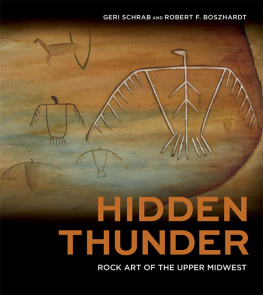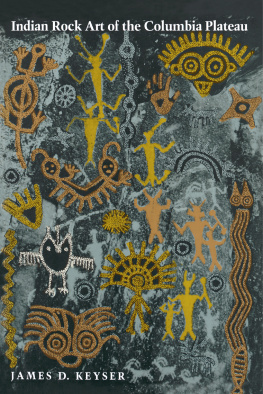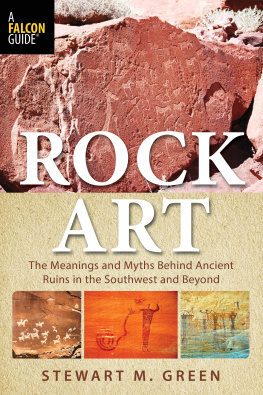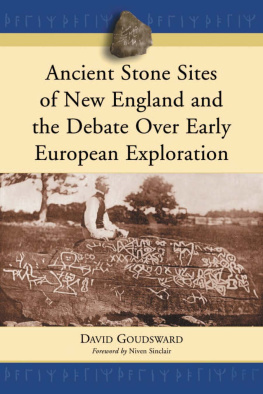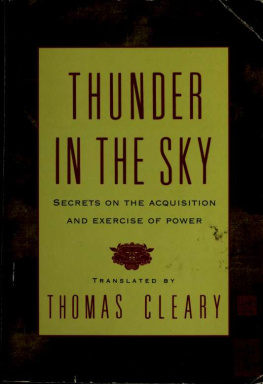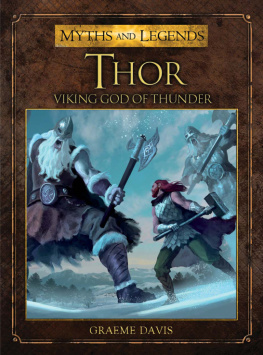HIDDEN THUNDER
HIDDEN THUNDER
ROCK ART OF THE UPPER MIDWEST
GERI SCHRAB AND ROBERT F. BOSZHARDT
WISCONSIN HISTORICAL SOCIETY PRESS
Published by the Wisconsin Historical Society Press
Publishers since 1855
The Wisconsin Historical Society helps people connect to the past by collecting, preserving, and sharing stories.
Founded in 1846, the Society is one of the nations finest historical institutions.
Order books by phone toll free: 888-9991669
Order books online: shop.wisconsinhistory.org
Join the Wisconsin Historical Society: wisconsinhistory.org/membership
2016 by the State Historical Society of Wisconsin
E-book edition 2016
For permission to reuse material from Hidden Thunder (ISBN 978-0-87020-767-9; e-book ISBN 978-0-87020-768-6), please access www.copyright.com or contact the Copyright Clearance Center, Inc. (CCC), 222 Rosewood Drive, Danvers, MA 01923, 978-750-8400. CCC is a not-for-profit organization that provides licenses and registration for a variety of users.
Photographs identified with WHI or WHS are from the Societys collections; address requests to reproduce these photos to the Visual Materials Archivist at the Wisconsin Historical Society, 816 State Street, Madison, WI 53706. Paintings copyright 2016 by Geralyn E. Schrab unless otherwise noted
Back cover photo by Robert F. Boszhardt
Designed by Steve Biel
201918171612345
Library of Congress Cataloging-in-Publication Data
Names: Schrab, Geri, author. | Boszhardt, Robert F., author.
Title: Hidden thunder : rock art of the upper midwest / Geri Schrab and
Robert F. Boszhardt.
Description: Madison, WI : Wisconsin Historical Society Press, 2016. |
Includes bibliographical references and index.
Identifiers: LCCN 2016008392| ISBN 9780870207679 (hardcover : alk. paper) |
ISBN 9780870207686 (e-book)
Subjects: LCSH: Indians of North AmericaWisconsinAntiquities. |
PetroglyphsWisconsin. | Rock paintingsWisconsin. | Cave
paintingsWisconsin. | WisconsinAntiquities.
Classification: LCC E78.W8 S37 2016 | DDC 709.01/1309775dc23 LC record available at http://lccn.loc.gov/2016008392
To those who created the art so long ago and those who serve as stewards, today and into the future.
CONTENTS
| Mike Hoffman
NATIVE VOICE
Carrie McGhee Gleba
NATIVE VOICE
Dylan Jennings
NATIVE VOICE
Louise Erdrich
NATIVE VOICE
Elizabeth K. Fernandez-Arnold
NATIVE VOICE
Diana Peterson
NATIVE VOICE
Joey Awonohopay
NATIVE VOICE
Dan Pine
NATIVE VOICE
Patty Loew
NATIVE VOICE
Truman Lowe
NATIVE VOICE
Larry Balber
NATIVE VOICE
Karen Ann Hoffman
Some people view the great cathedrals around the world as inspiration for divine thought and respect for creation. I get those very feelings as I visit some of the rock art sites around Wisconsin and when viewing images of pictographs and petroglyphs that exist beyond the states borders. The theme is basically the same throughout: respect for Creation and the Creator (Great Spirit and Father of All).
In the words of the late Menominee artist James Frechette Jr. ( Ntamowekow, He Helps People), Symbolism is an important part of any culture. We all use symbolism in our lives. I think we have to be careful not to place the value on the symbol and forget about what it stands for.
I have the sense that spiritual leaders, medicine men or women, or whatever you would choose to label them, took the time to pass on ancient legends and stories of the natural world as they saw it. Perhaps these sites were like the Mount Rushmore of the aboriginal inhabitants of the world, created while taking care not to destroy the Creators majestic creations. Using simple tools and dyes, the long-ago artists recorded messages for future generations on the rock.
As a Menominee and Ottawa descendant, and having lived here in Wisconsin my entire life, I try to live as close to this ancient world as possible. Sometimes I feel swallowed up by modern technology and the trappings of the present. Respect for the natural world is how I choose to live my life. When I can, I hunt, trap, fish, and gather to live. I am not a sportsman per se; I dont subscribe to the belief that collecting horns as trophies makes men sportsmen. I try to live with the land, not off it like a parasite. I choose not to eat the meat of cows and pigs or processed foods if I can help it. I prefer wild game and natures bounty. When I do gather meat, wild rice, maple sugar, or any of the other things the Creator has provided for us, I make an offering and give thanks.
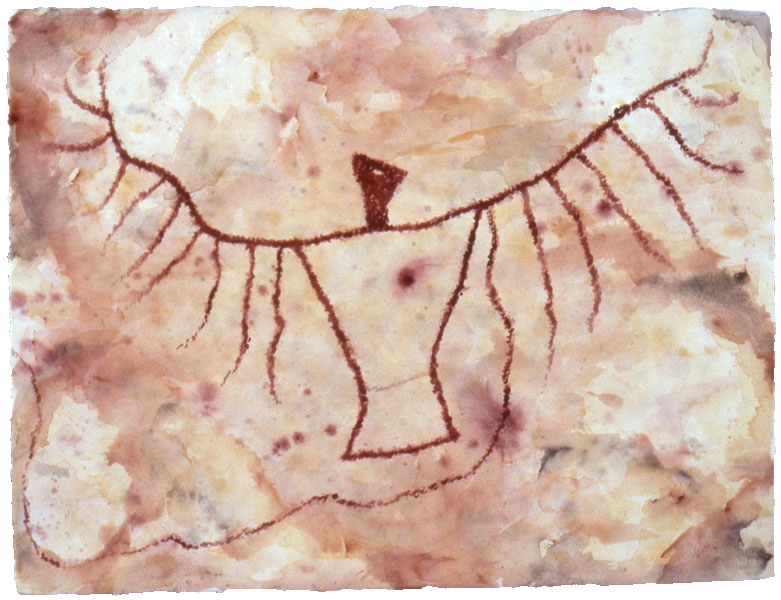
Flight watercolor painting
Geri Schrab
The rock art sites reflect this respect for the natural world in their symbolism. Ancient legends and stories from a religion predating Christianity by thousands of years inspired the spiritual artists. They believed a lack of respect or abuse of these principles meant the destruction of the Creators many gifts. This would result in certain destruction of all important resources for future generations to come. The message is not crystal clear and easily understood by those who have chosen to separate themselves from the natural scheme of things. Consider the Great Thunderbird, seen often in petroglyphs and pictographs at rock art sites. This symbol is often mistakenly seen as a crow, turkey, or some other bird by someone who is not familiar with the ancient culture of Native peoples. But Native Americans, for the most part, instantly recognize this thunderbird symbol as the protector of our people. The thunderbirds are said to take the prayers and words of human beings up to the Creator. That is why we make an offering of tobacco to the thunderbirds, who are said to like tobacco. The great flashes of lightning seen in a storm come from the thunderbirds eye, driving the evil beings back underground and preventing them from harming the human beings here on Mother Earth. The lightning strikes are followed by the report of thunder believed to be the sound made by the thunderbirds massive wings. The thunderbirds bring the rains necessary for all life here on earth.
As for those snakes and mountain lions or panthers often seen in rock art, those are the underground beings who are driven back to their abodes by the thunderbirds, who watch over the people. The underground beings sometimes dwell under the water. In the sacred legends, they wish to control our lives and put us on the wrong path in life. We also pay respect to these beings with offerings of tobacco and prayer.
I use the Menominee language to convey my message and prayer as Algonquin dogma tells us to do. Many rock art sites were created to fulfill a similar spiritual purpose. These ancient rock art sites are considered places of special powers chosen for the same purpose that a modern-day altar of any religion would be chosen.
It saddens me to see the rock art destroyed by vandalism. Most human beings would not defile a temple or any place of worship, but some do not recognize rock art sites as the sacred and spiritual places that they are. Raising awareness through the publication of this book is a valuable first step in protecting these priceless rock art sites as well as preserving the valuable messages behind the symbols. I would like to say a great thank you Kqc-Wwnen in the Menominee languageto the authors of this book for all of their years of dedication to the study and awareness of the many sacred rock art sites still in existence today. Although neither comes from a Native American background, Geri Schrab and Robert Ernie Boszhardt have committed themselves to understanding these sites and preserving and communicating their significance to the world at large. Through Geris artistic interpretations and Ernies scholarly archaeological work, they have approached this project with thoughtfulness and respect.

